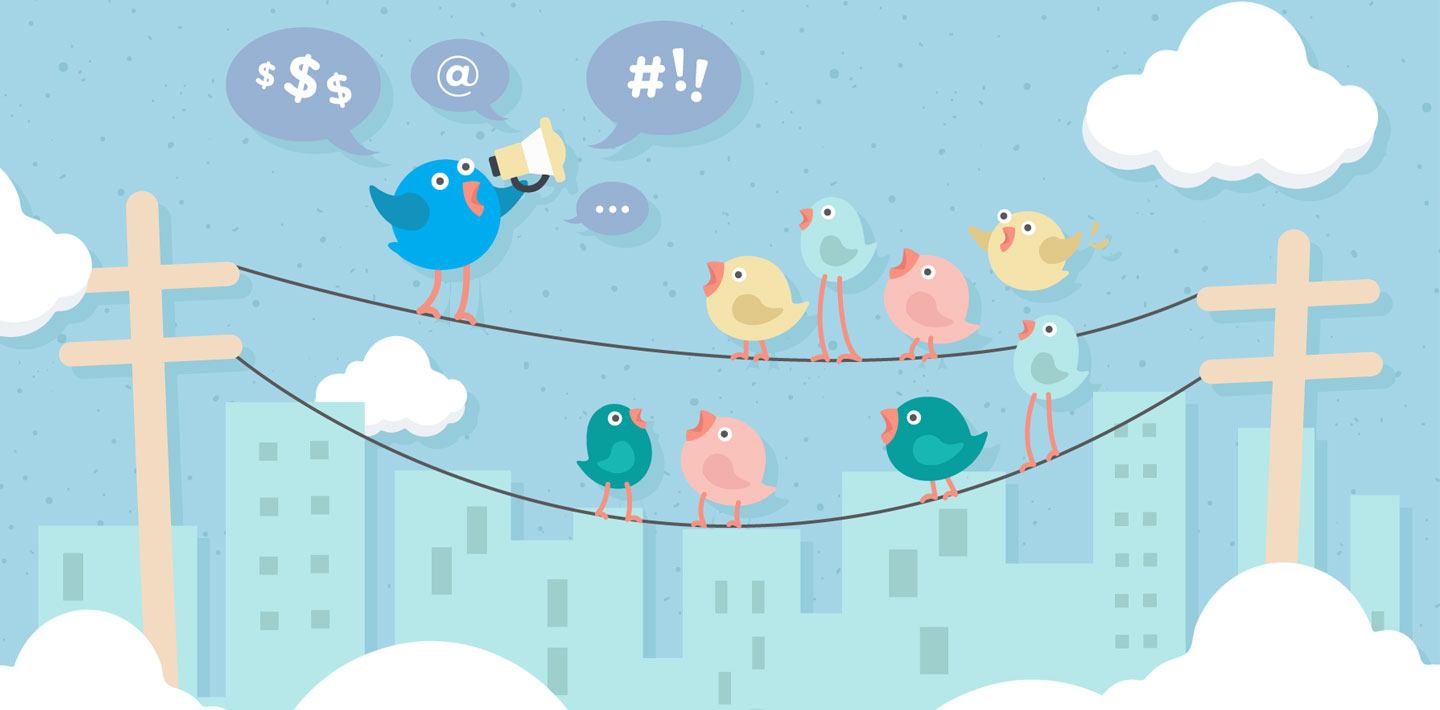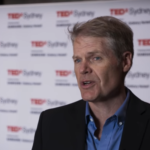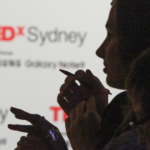In the last piece in our ‘How Ideas Spread’ series, we examined the overall debate over whether ideas spread like viruses. Now we’d like to dig deeper into the research on one aspect of that theory – the notion that certain well-connected individuals, the so-called “influentials” (also known as “influencers”), dominate the flow of ideas through a population.
The influentials theory has been around for decades, but the idea really took off in the 1980s and 90s when marketing and advertising companies started creating campaigns with influentials in mind. These days, it seems common practice for companies to spend billions identifying and securing support from particular individuals who have that certain level of gravitas needed to make a new idea or product “go viral.” It’s an attractive theory and easy to understand. But does it actually work? Do some people really wield more influence than others in spreading ideas?
Let’s find out.
Pro-Influentials
Sociologists Paul Lazarsfeld and Elihu Katz kicked off the influentials idea back in the 1940s and 50s when they developed the two-step flow of communication model. Using Lazarfeld’s previous research on decision-making during a presidential election, they concluded that the flow of ideas is a two-step process: ideas spread 1) from mass media to “opinion leaders” and then 2) from those opinion leaders to the general population. Lazarsfeld and Katz describe opinion leaders as active media users who interpret and diffuse media messages to others, adding that opinion leaders’ influence is related to their credibility, competence, and access.
In 1967 psychologist Stanley Milgram conducted his now famous “small world experiment” also known as the “six degrees of separation” study (and the original inspiration for the six degrees of Kevin Bacon game). Milgram distributed letters to students in Nebraska and instructed them to deliver the letter to a stockbroker in Boston, not by sending the letter or delivering it themselves (unless they happened to know the stockbroker on a first-name basis) but instead by forwarding the letter on to those contacts who they believed were closer to the target. Through this experiment, Milgram found that it took an average of six links, or contacts, to deliver each letter and that the same three contacts of the stockbroker served as the final link for half of the letters that arrived. Milgram called these final critical links “sociometric stars.”
More recently, journalist and author Malcolm Gladwell (see his TED talks here) popularised the idea of influentials when he introduced the “law of the few” in his book, The Tipping Point: How Little Things Can Make a Big Difference. Based on Milgram’s 1967 experiment, Gladwell’s “law of the few” suggests that social epidemics are driven by a handful of exceptional people – well-connected and persuasive influencers who help tip an idea into widespread popularity. He claims, for example, that New York hipsters played this role in reviving the popularity of the Hush Puppies shoe brand in the mid-1990s.
Edward Keller and Jonathan Berry, marketing experts and authors of the 2003 book The Influentials, agree, although they define influentials as “everyday consumers” who are highly active and engaged in their communities. They add that these influentials are, “substantially more likely than average to seek out information and to share ideas, information, and recommendations with other people.” In studying thousands of people who fit their influential archetype, Keller and Berry found that these individuals started using computers, mobile phones, and the internet years before the general population.
Anti-Influentials
The argument against influentials has largely been pioneered by one man, physicist-turned-sociologist Duncan Watts (see his TEDx talk here), who posits, “A rare bunch of cool people just don’t have that power.” Watts argues that, in many instances, the data simply doesn’t support the elegant theories described above.
Watts and his colleagues decided to replicate Milgram’s experiment, but this time they used email and did it on a much larger scale (61,000 participants with 18 targets around the world as opposed to Milgram’s 160 participants with one target). They discovered that while highly-connected people exist, they aren’t necessarily serving as critical “social hubs” in the network. In their study, only five percent of the emails went through a so-called “superconnector.”
In another test of the influential theory, this time using computer simulations, Watts found that in general an average person is just as likely as a well-connected one to spark a new trend. It’s only in certain circumstances that influentials have a greater chance of triggering what he calls “global cascades” – “the widespread propagation of influence through networks” (see “How Ideas Spread: The Role of Social Networks”).
Watts describes the individuals who happen to spark a trend as “the accidental influentials,” and his ultimate conclusion is that success doesn’t hinge on a particular person but on the audience’s receptivity to an idea. He explains: “cascade size and frequency depend on the availability and connectedness of easily influenced people, not on the characteristics of the initiators—just as the size of a forest fire often has little to do with the spark that started it and lots to do with the state of the forest.”
If Watts is right, and his data-driven research proves that “the tipping point is toast,” then business, marketing, and social science as we know it are primed for disruption (some would say it’s already happening). For more about the implications of this research for marketers, check out Watts and Jonah Peretti’s “Viral Marketing for the Real World.”
What do you think? Has the role of influencers been overstated or is there still value in engaging these individuals?
Original illustration for TEDxSydney by Rachel Peck
Watch for our next piece on the power of imitation in spreading ideas.




















